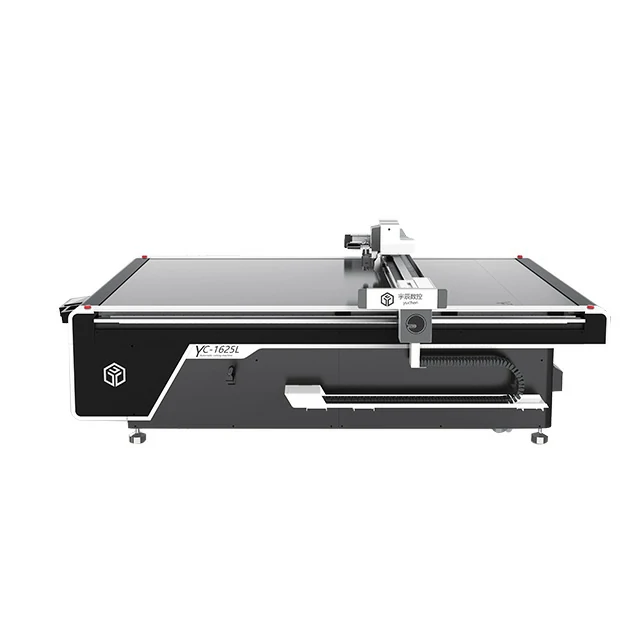Asbestos gasket cutting machines are designed to handle intricate and detailed patterns with precision and accuracy. However, it’s important to note that the use of asbestos in industrial applications is now restricted or banned in many countries due to health and safety concerns associated with asbestos exposure. If you are working with gasket cutting machines for materials that contain asbestos or asbestos-like fibers, it is crucial to follow all safety regulations and guidelines to protect workers’ health.
Assuming the use of a cutting machine for gasket materials that are designed to mimic the properties of asbestos (without containing actual asbestos fibers), here are some ways these machines handle intricate and detailed patterns:
- High Precision Cutting Tools:
- Asbestos gasket cutting machines are equipped with high-precision cutting tools such as blades or knives. These tools are capable of intricate and detailed cuts, ensuring that complex patterns are accurately reproduced on the gasket material.
- Computer Numerical Control (CNC) Technology:
- Many modern gasket cutting machines utilize CNC technology, allowing for computerized control of the cutting process. CNC systems can interpret intricate design patterns and execute precise cutting motions, ensuring consistency and accuracy in the reproduction of complex shapes.
- CAD/CAM Integration:
- Computer-Aided Design (CAD) and Computer-Aided Manufacturing (CAM) software play a crucial role. Intricate patterns can be designed using CAD software, and CAM software translates these designs into machine-readable instructions for the gasket cutting machine.
- Automatic Nesting Algorithms:
- Automatic nesting algorithms optimize the arrangement of intricate patterns on the gasket material, minimizing material waste and ensuring efficient use of the available space.
- Vision Systems for Pattern Recognition:
- Some gasket cutting machines may incorporate vision systems equipped with cameras for pattern recognition. asbestos gasket cutting machine These systems can accurately identify the outlines and features of intricate patterns, allowing for precise cutting alignment.
- Multi-Layer Cutting:
- Gasket cutting machines may have the capability to cut multiple layers of material simultaneously. This feature enhances efficiency, especially when dealing with intricate patterns that require multiple identical pieces.
- Variable Cutting Speed:
- Adjustable cutting speeds allow the machine to adapt to different intricacies within a pattern. Slower cutting speeds may be used for intricate details, while faster speeds can be employed for straight sections.
- Fine-tuned Cutting Parameters:
- Operators can fine-tune cutting parameters such as cutting pressure and depth to accommodate the specific characteristics of the gasket material and the intricacies of the pattern.
- Adaptive Control Systems:
- Adaptive control systems may be implemented to dynamically adjust cutting parameters based on real-time feedback from sensors. This adaptability ensures optimal cutting performance for intricate patterns.
- Operator Expertise:
- Skilled operators play a crucial role in handling intricate patterns. Their expertise allows them to make adjustments, monitor the cutting process, and intervene if necessary to ensure the quality of the final product.
It’s important to follow safety guidelines and regulations when working with any gasket cutting machine, and specifically, when dealing with materials that may have health and safety concerns such as asbestos. Additionally, if working with alternative materials that mimic asbestos properties, ensure that the cutting machine is suitable for those materials and that proper safety measures are in place. Always prioritize the health and safety of workers in any industrial setting.

